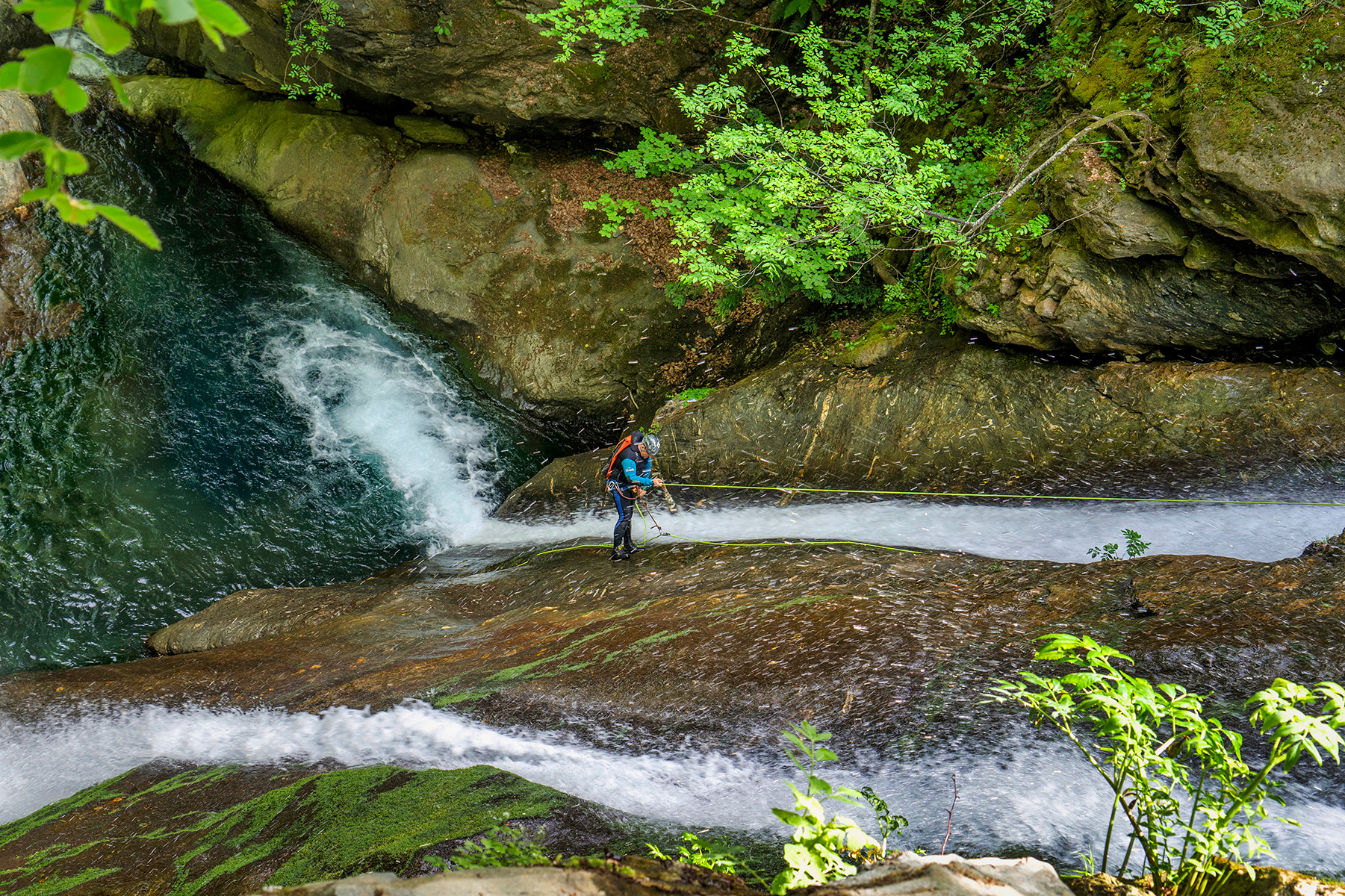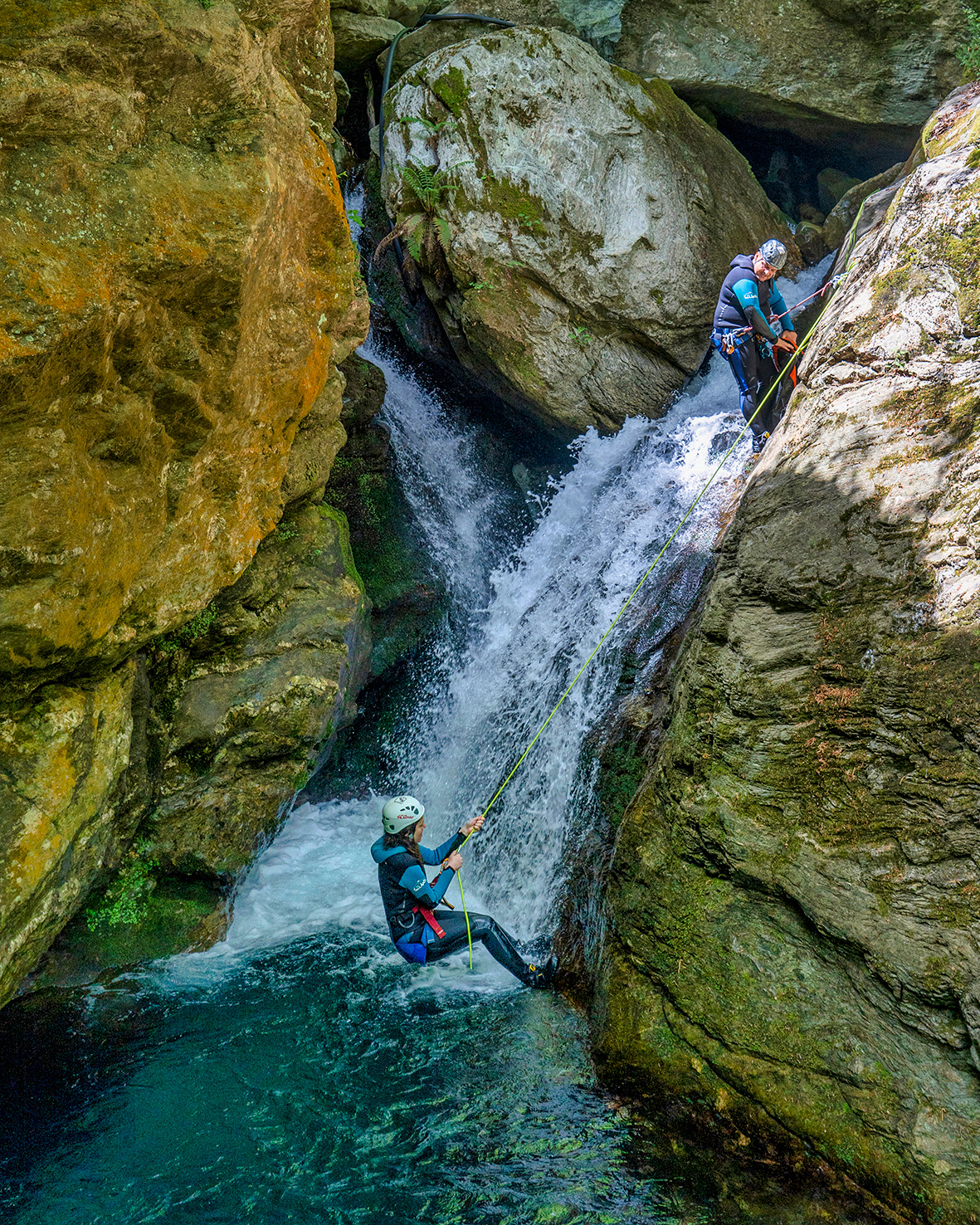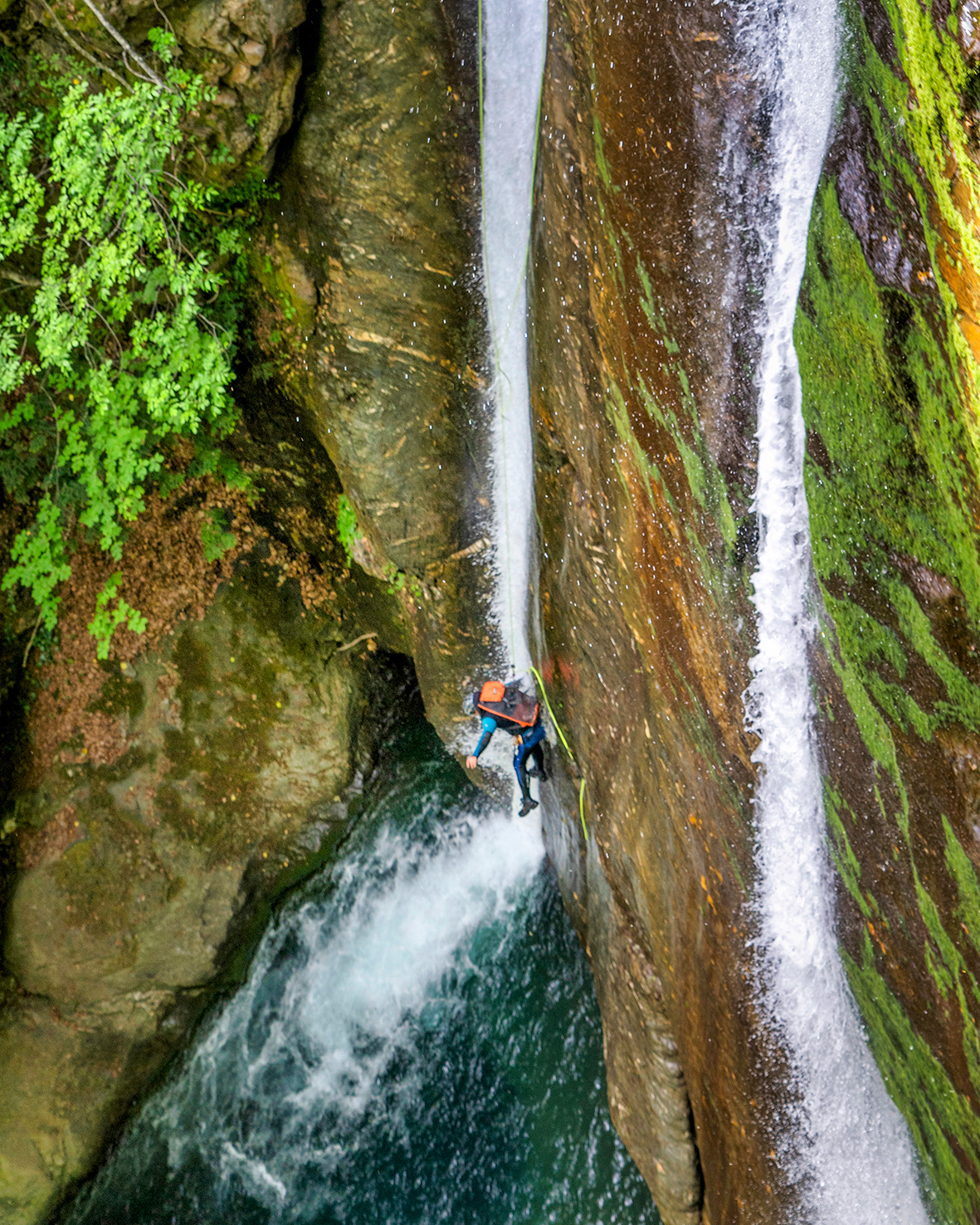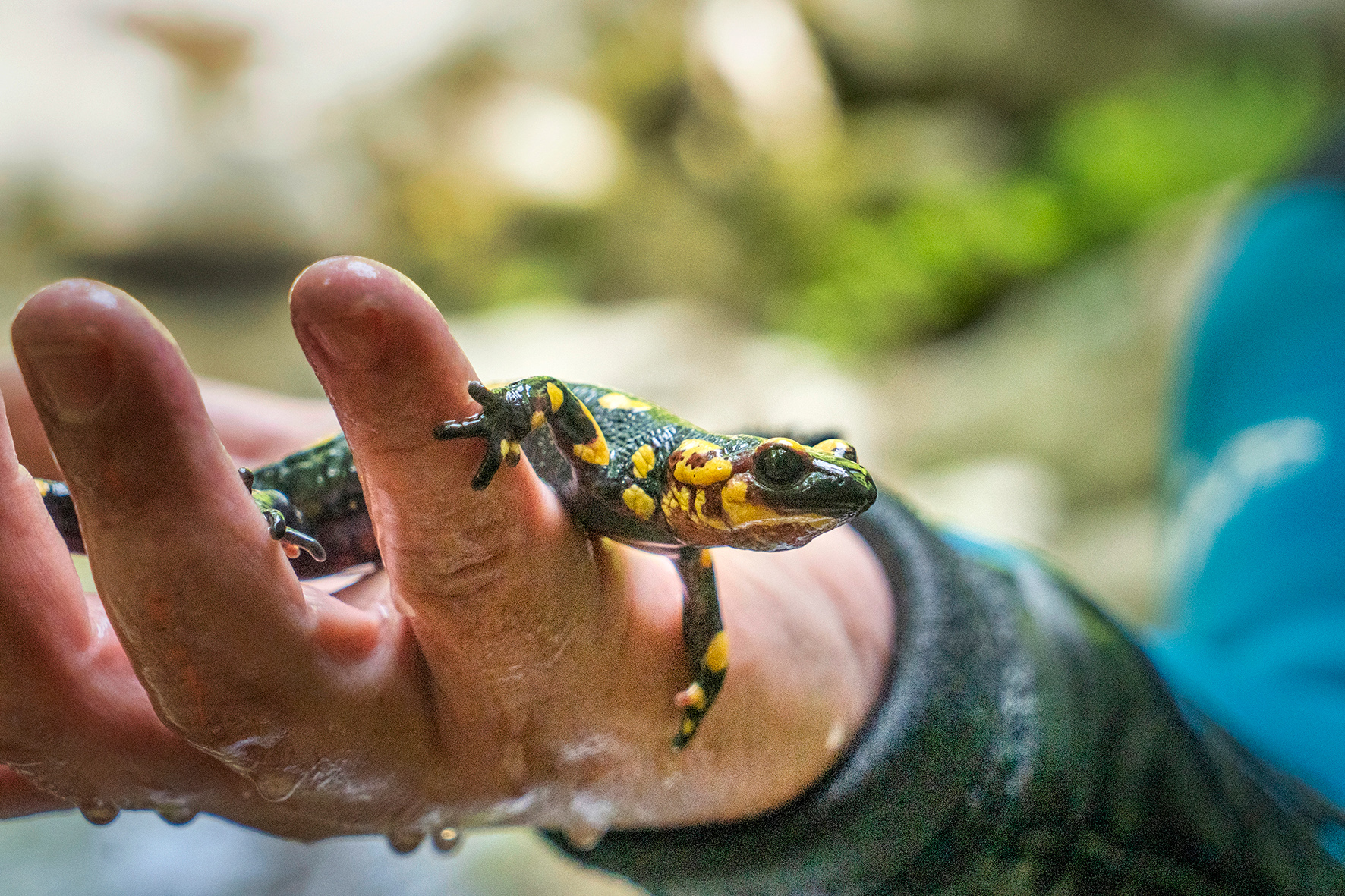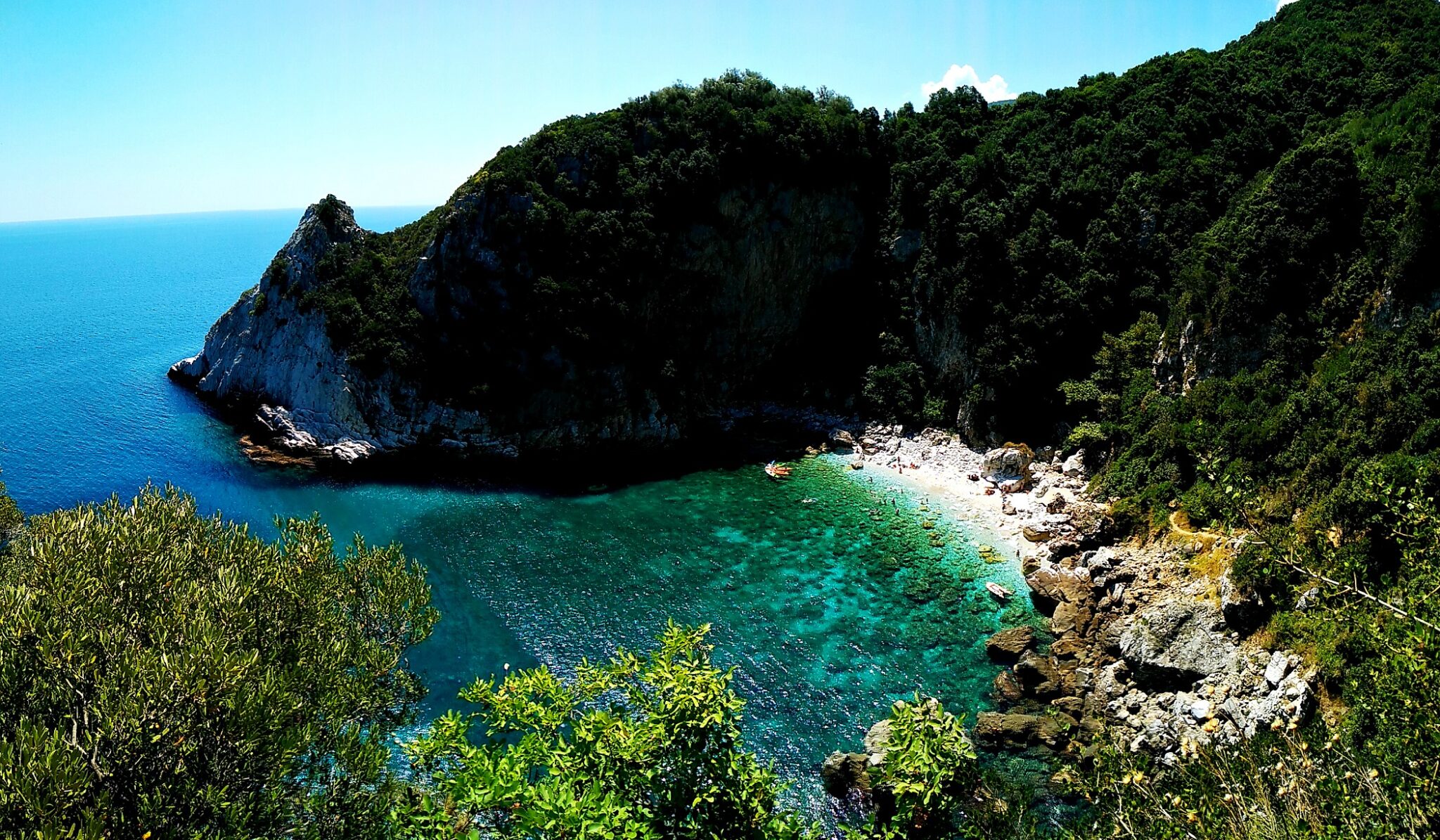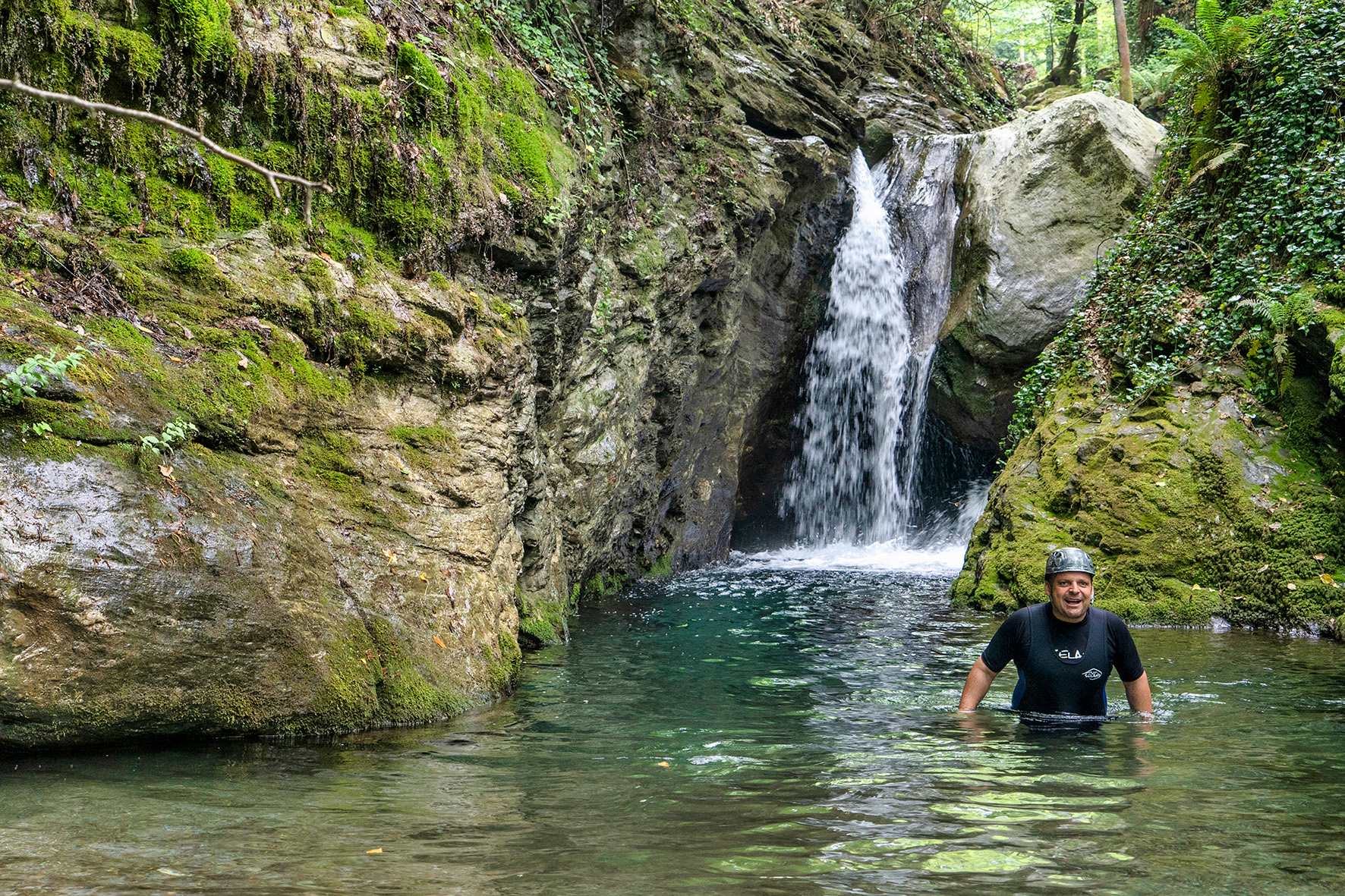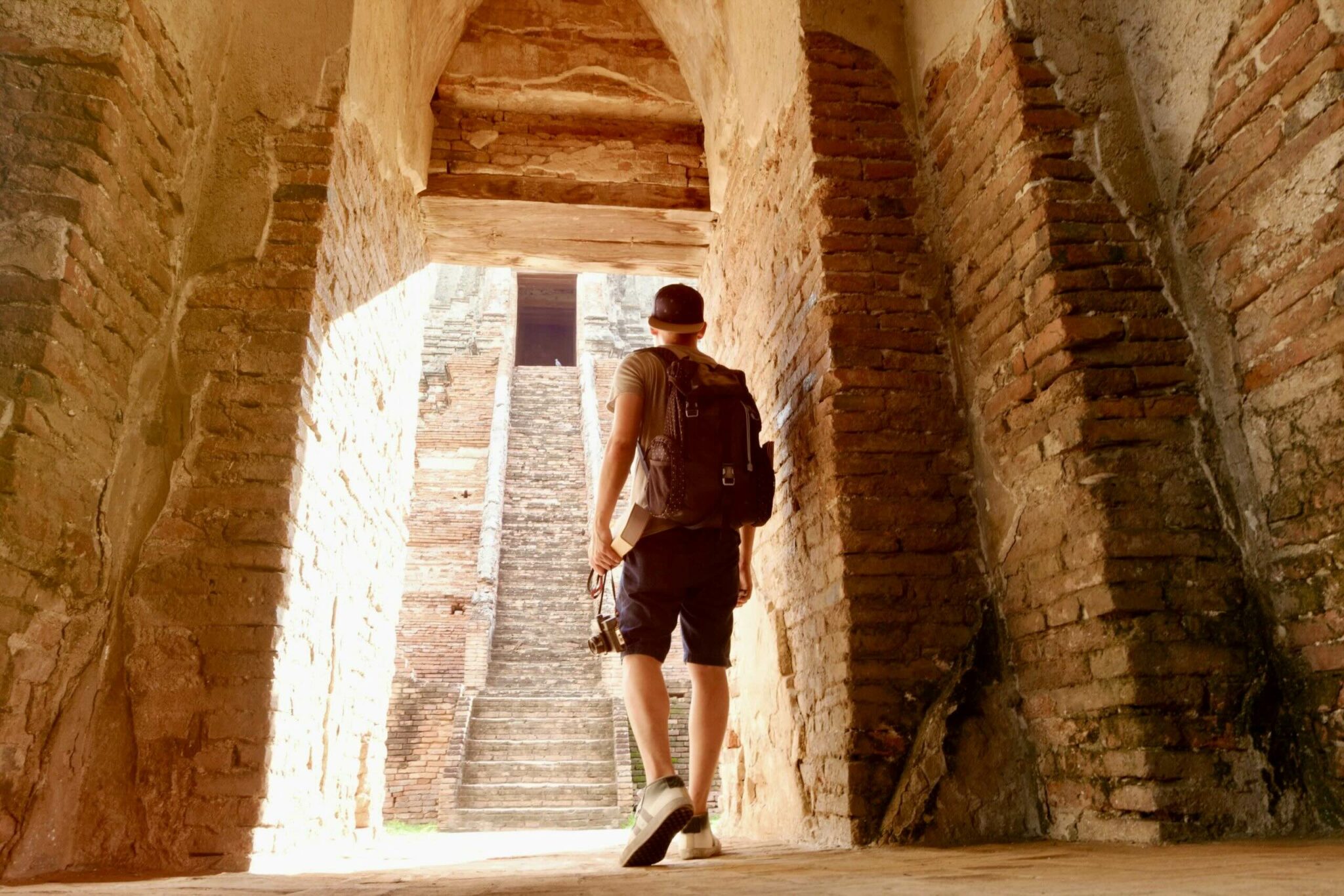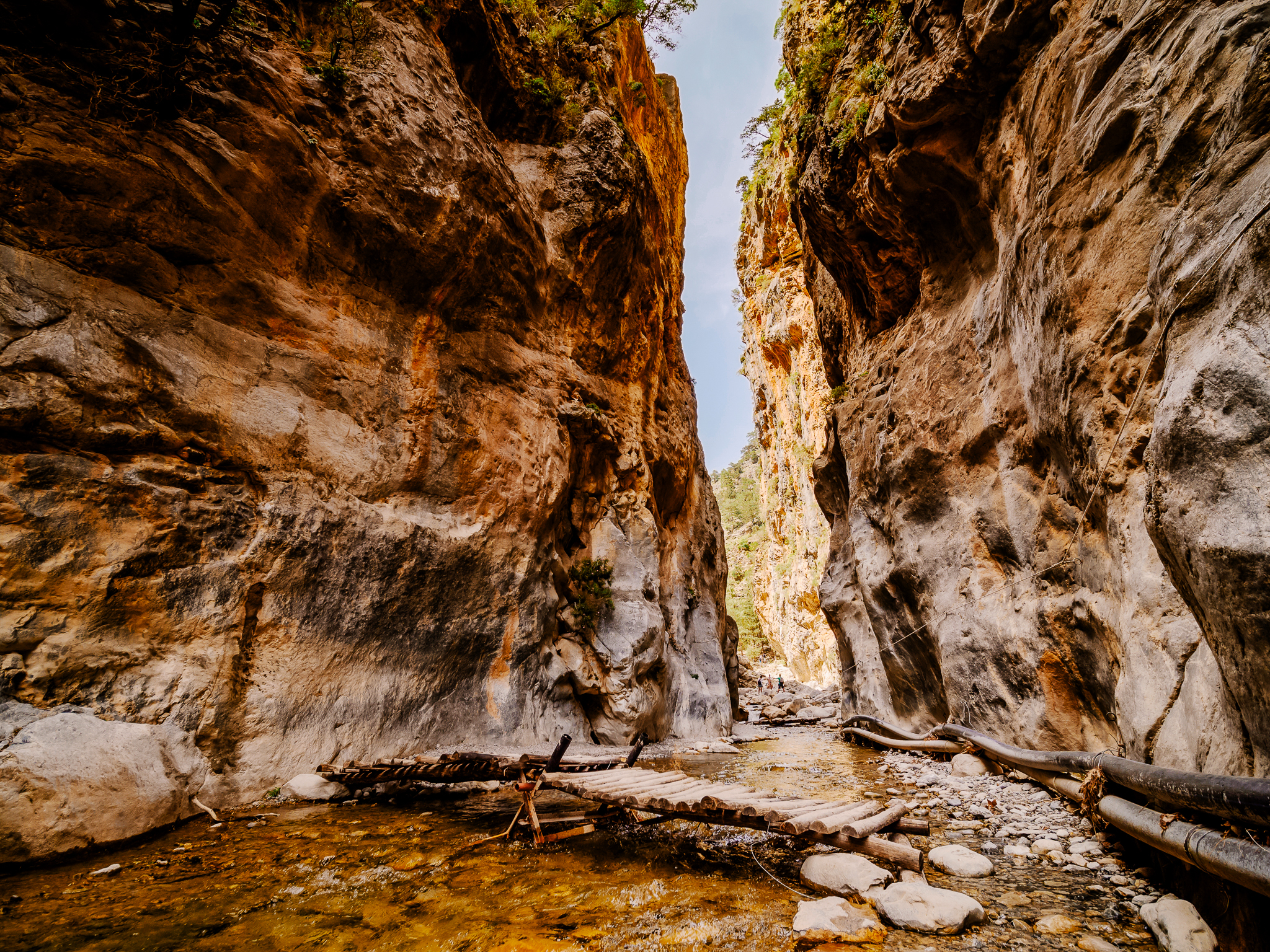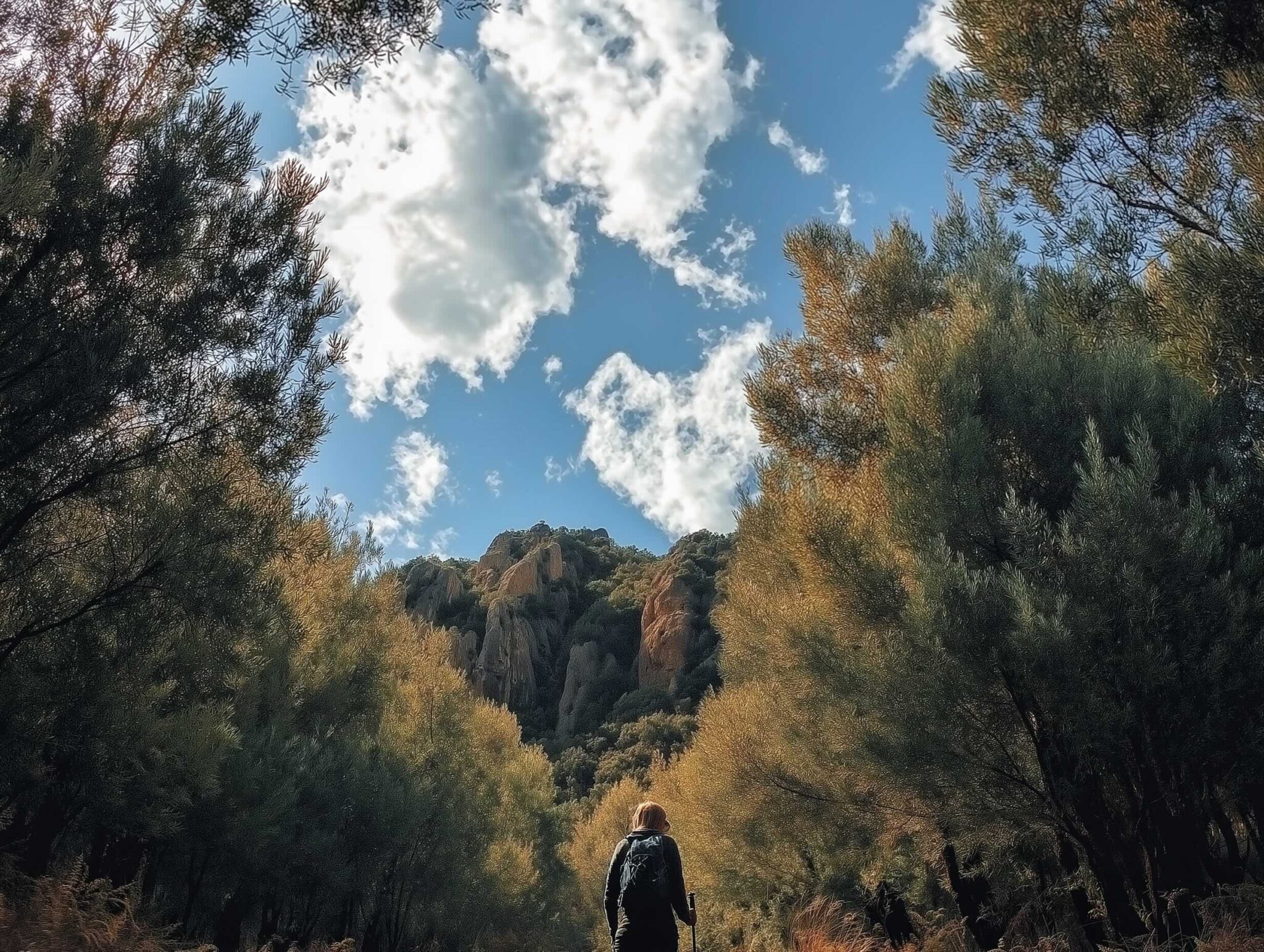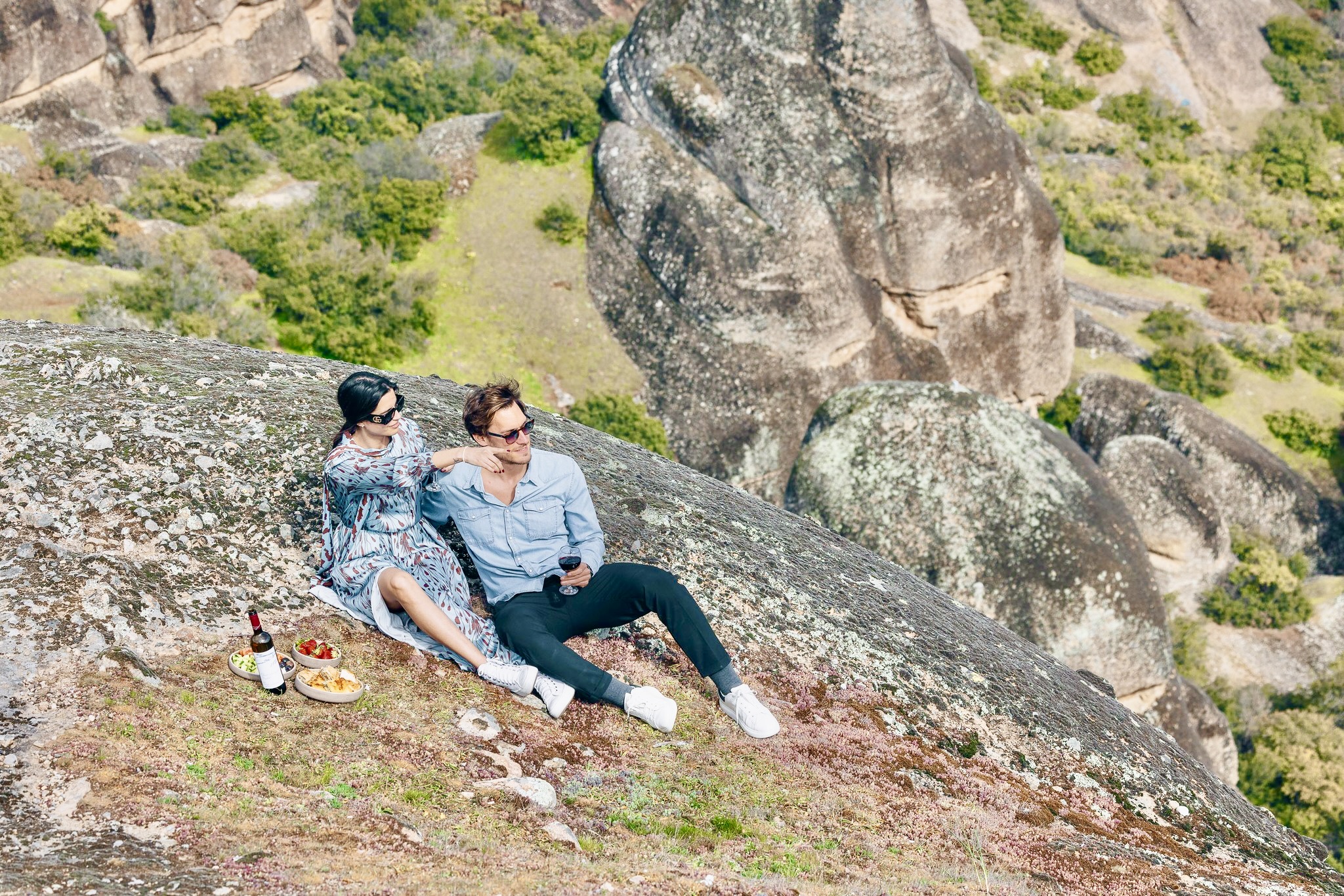Tsagarada needs no special introduction, even for travellers who have never made it to the Pelion mountainous peninsula in the country’s north, as the location is one of the best-known attractions on the slopes of the “Mountain of the Centaurs”. Despite its fame, Tsagarada offers certain lesser-known spots that remain detached from the wider area’s mass tourism.
Fakistra Gorge, which has developed into an astonishing canyoning paradise, is a case in point. The attraction may be visited any time of the year, weather permitting, of course. This gorge offers a magical route though a fabulous natural setting that may be crossed by most people, as its degree of difficulty is considered moderate. Visitors must be aged 13 and over.
This gorge comes as no surprise to individuals familiar with Pelion’s eastern side, an area rich in water sources and streams, responsible for the location’s richly vegetated slopes. The village Tsagarada, for example, is covered with plane and chestnut trees. A plane tree at the village’s Agia Paraskevi square is estimated to be over 1,000 years old.
Passing by the waterfalls towards a beach of wild beauty
The gorge was named Fakistra after the beach at which the corridor concludes, approximately 5 km from Tsagarada. The route through the gorge takes approximately 3 hours to cover, and as a result, demands a good level of fitness, despite the crossing’s medium degree of difficulty. When making the crossing, keep in mind the three-hour return.
The effort needed to cover the gorge’s course offers plenty in return. Its vertical rocks rise to imposing heights, while the surrounding greenery dominates all over, creating a small jungle-like setting. Plenty of rappelling activity on the rocks is needed to pass through the gorge. Along the way, you may encounter various amphibians that inhabit the area. They do not seem to mind the presence of humans, after becoming slightly acquainted.
Water levels may be lower during the hot summer days, but the water remains cool, even chilly, making it ideal for dips if you appreciate mountain water. The waters form impressive waterfalls at many points. They contribute to the overall charm of the gorge as well as its sense of adventure when crossed. Up to 16 waterfalls of various heights may be seen.
Upon reaching the shoreline, you will encounter an idyllic beach, not serviced, of course, offering wild and virtually unadulterated beauty. A protected bay with sand, fine pebbles and turquoise waters is surrounded by rocks. Make sure you are equipped with bathers for a swim here. Just a few years ago, Fakistra beach featured on a list of the world’s 50 best beaches, assembled by travel writers for the UK’s Guardian newspaper. You can also get to this beach without crossing the gorge, along a trail offering a much quicker route, even though a section at the start is rugged.
LEZANTA
Directions to the gorge
The gorge begins from the Pelion area’s village Tsagarada, 55 km southeast of Volos at an altitude of approximately 500 metres. The location is 375 km from Athens, a four-hour drive. Tsagarada is closer from Thessaloniki, 255 km away, a distance requiring 3 hours to cover.
The gorge is entered from the Agios Stefanos area and ends at Fakistra beach. If possessing canyoning experience and rappelling skills, you may want to cross the gorge alone. Otherwise, join a group, accompanied by instructors, who will provide all the necessary equipment, if you do not have your own. Seek groups specialising in such experiences in order to arrange your participation in advance, as these groups tend to be small, usually limited to 4 persons.
Definitely be equipped with two pairs of shoes. One pair will get wet as you cross the gorge.
Read also:
Gerolimni lake, lush natural wonder in the Cyclades with running waters
Grande Grotta: Impressive cave offers one of the Aegean Sea’s most magical sunsets



